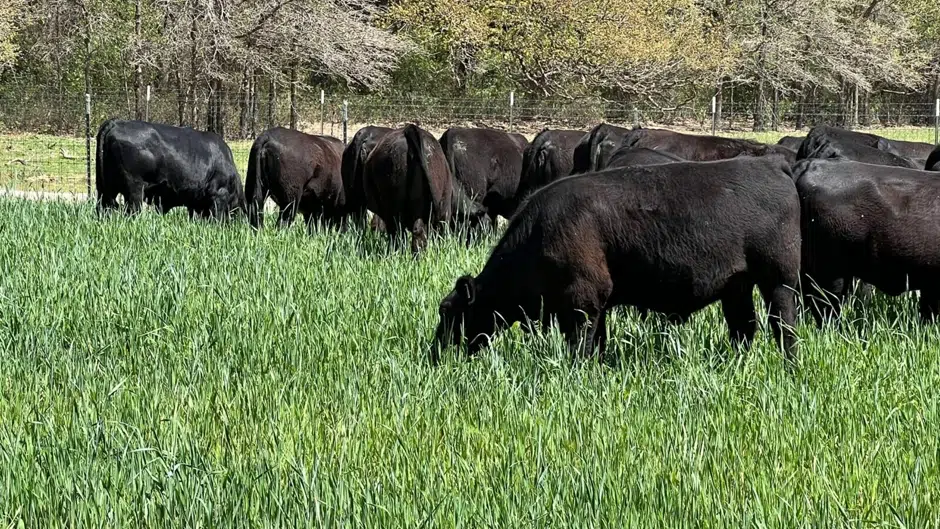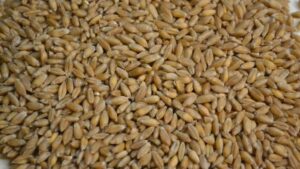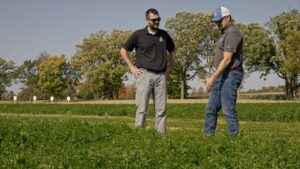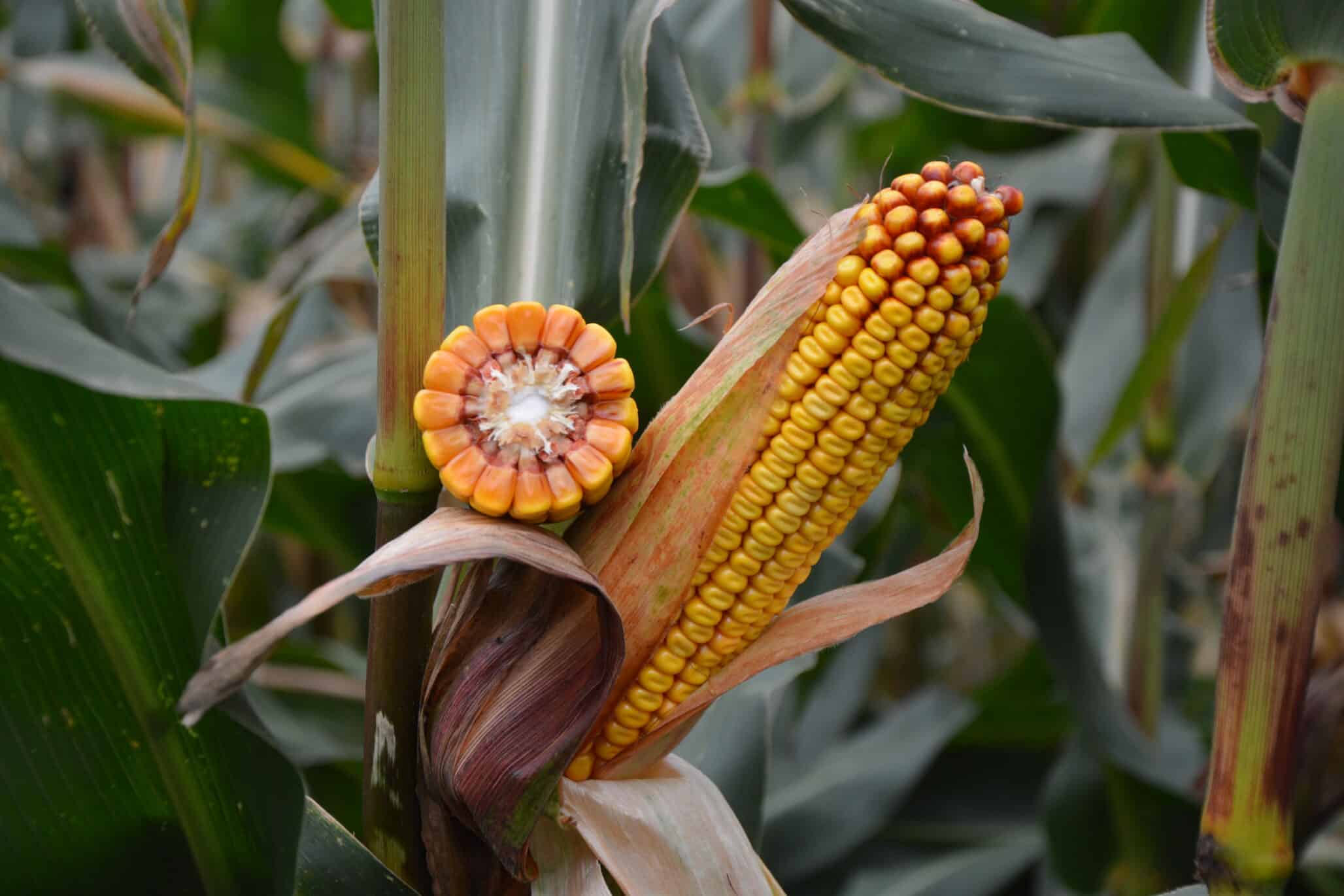Getting more nutrition out of every acre of forages has never been more critical for North American cattle operations. With droughts in some areas of the U.S. over the last few years and the current razor-thin profit margins, every bit of performance gain is more than welcome.
“Cattle ranchers and dairy farmers continue to look for ways to improve productivity and profitability both in their field and in their dairy production or ranching operations,” explains Drew Porter, senior director (Global Portfolio – Field Crops and Forages) at Corteva Agriscience. “Farmers and ranchers are looking to preserve the quality of silage, minimize supplemental feed costs and maximize energy available for milk and animal production. In the field, farmers are looking to increase yield, while protecting against insects, pests and disease.”
It’s no surprise that, while new forage varieties with better nutritional profiles have always been in demand to boost dairy cattle’s milk production and beef cattle’s weight gain, the high cost of feed is causing a current forage seed market boom.
According to a new report from Allied Market Research, the forage seed market in 2021 was valued at $22,808 million USD and is expected to double by 2031, growing at a compound annual rate of 7%.
Better digestibility
The more digestible a crop, the more energy can be absorbed by livestock, so boosting digestibility is an important breeding goal. For three decades, the U.S. Department of Agriculture (USDA) Plant Science Research Unit in St. Paul, Minnesota has been working on nutritional improvement of forages. Research Leader Dr. Deborah Samac shares that “one breeding focus has been to decrease lignin in the alfalfa stem. It becomes more lignified and therefore less digestible for ruminants as the plant matures.”
Samac and her colleagues continue to make steady progress with conventional breeding for higher stem fiber digestibility in alfalfa. However, because each selection cycle currently spans three years, they’re also working hard to speed up breeding by identifying DNA trait markers and improving their understanding of the physiological underpinnings of digestibility.
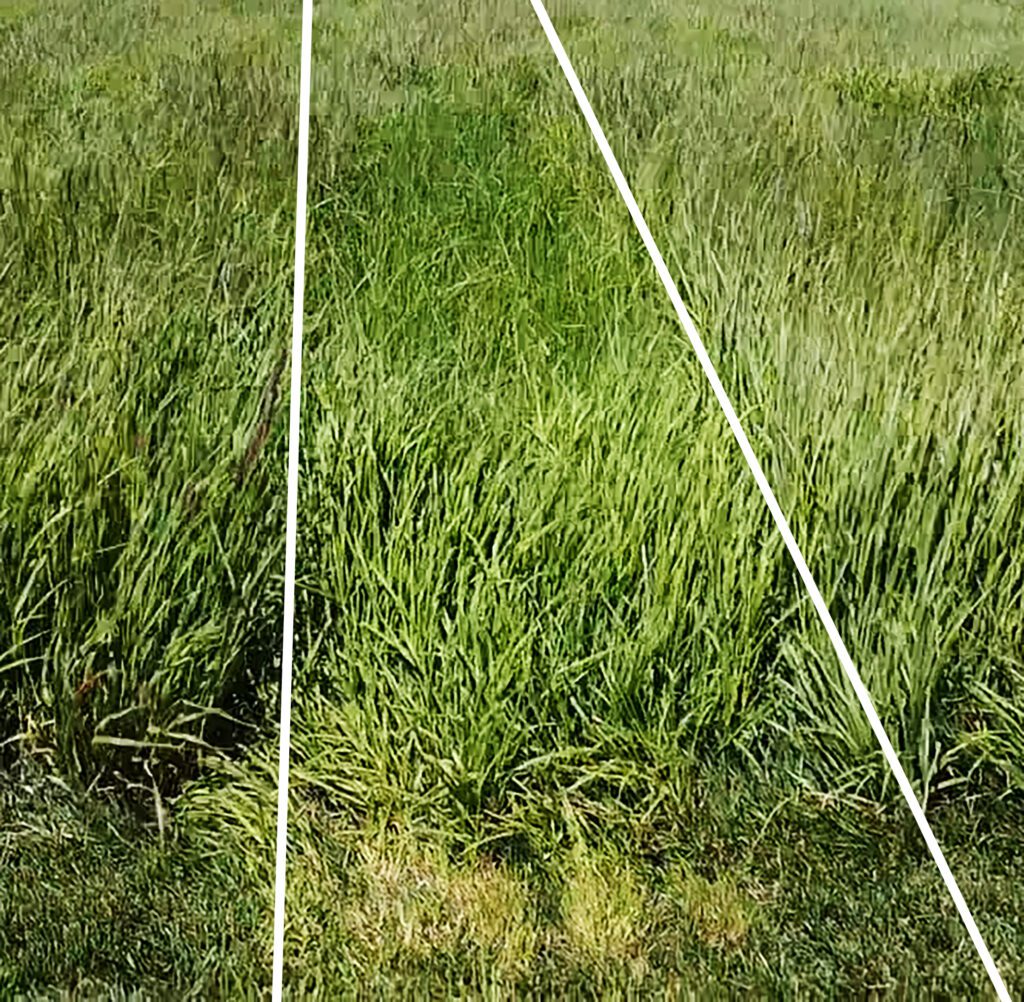
Interestingly, Samac isn’t only interested in alfalfa’s digestibility by livestock. Her team is also working with the Dairy Forage Research Center to maximize alfalfa’s utility: isolating alfalfa leaves for high-value purposes, while keeping the stems for forage. “We have USDA engineers creating a machine that can strip the leaves,” she explains. “The remaining stem dries down very quickly and can be baled in some drier areas of the U.S. as soon as the day after leaf harvest. Alfalfa leaves contain higher levels of protein than any other crop, with 80% of it digestible by monogastrics like humans, fish and chickens.”
This protein is very well suited, she says, to plant-based meat and egg substitute food products.
Her work is not the first attempt to extend alfalfa’s utility, she says. About a decade ago, another USDA team collaborated with the Noble Research Foundation and Forage Genetics International (FGI) to develop a genetically-modified alfalfa that allows a longer growing season — and therefore more biomass production — while also retaining stem digestibility. It was marketed in 2015 by FGI as HarvExtra alfalfa. That alfalfa is still available on the market today.
Corn silage digestibility
Almost 100 years ago, BMR (Brown MidRib) corn plants with different coloration and higher fiber digestibility were first noted by scientists at the University of Minnesota. It took about 80 years, however, for various BMR corn silage hybrids to be launched on the market as a forage. The BMR gene has now also been introduced into sorghum, sudangrass and millet.
While early BMR corn silage hybrids had serious agronomic and drought-tolerance issues, much breeding progress has since been made. Today’s BMR corn silage hybrids can achieve total dry matter and starch levels comparable to conventional silage hybrids. Porter says that new Pioneer ‘Bovalta’ BMR corn silage hybrids have the highest level of fiber digestibility on the market compared to non-BMR hybrids.
However, Sylvia Megens, manager of product development at DLF, stresses that fiber digestibility is only one trait in the overall nutritional picture of forages.
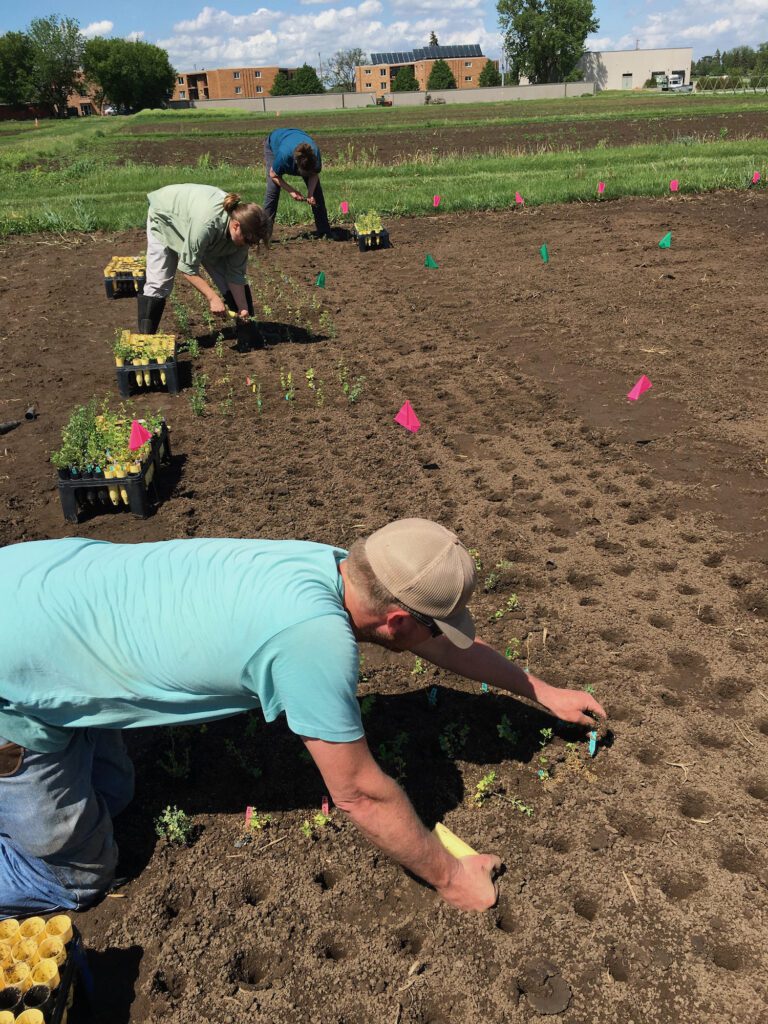
“While improved fiber digestibility acts as a key energy source for ruminants by providing increased meat and/or milk production, improved plant health (for example, improved disease resistance or improved winter hardiness) contributes to nutritional benefits a variety may contain as well,” she explains. “These factors all play a major role in providing an adequate energy source to ruminants for meat and milk production.”
She notes that while breeding is a slow process, incremental improvements are made each year, and “over the past decade, we have made great strides in species such as alfalfa, orchardgrass and meadow fescue.”
Species and management matter
On that note, Megens explains that a mix of alfalfa and different grasses is recommended as forage for cattle, whether dairy or beef. “Each species of grass and legume has its individual traits and characteristics that make it outstanding over other species,” says Megens. “Within North America, we have sustainable mixtures designed to provide the best milk and/or meat production to specific end users. This includes our selections of legume and grass mixtures that provide excellent winter-hardy pasture forage.”
The Bison Producers of Alberta (BPA) notes that bison cows, as natural foragers, do very well on winter pasture, but the mix of species and how the pasture is managed are both critical for success. Alberta and Saskatchewan are home to most of Canada’s bison, which are also ranched across several northern U.S. states.
Regarding best winter forages, BPA points to the analysis by the Western Forage Beef Group that concludes creeping red fescue, Kentucky blue grass, orchardgrass and meadow bromegrass consistently have higher crude protein levels in the winter compared to other forages. This helps beef cattle and bison maintain their weight in very low temperatures.
However, Racey Padilla, small grains research director at TriCal, says more beef farmers (and dairy farmers as well) should consider how growing a small grains forage can provide higher overall forage nutrition throughout each year.
Small grain with big nutritional punch
While many dairy producers still only grow a single corn silage crop for forage, Padilla explains that “we push producers to use a double cropping system which entails planting triticale in the fall, harvesting in the spring for silage, and then planting corn for silage or grain right after the triticale has been harvested. The incorporation of the double cropping system has many benefits, including manure management, soil health and water management. In addition, it can help a producer increase their annual forage yield total by 20-35%.” The adoption rate of triticale for forage is already high for the U.S. beef industry, but there is room for growth.
Padilla says that, while TriCal Superior Forage, which develops the triticale sold by Legacy AgriPartners, has significantly increased the forage feed quality of triticale from what it was three decades ago, leaps in improvement have come much slower in small grains compared to other types of crops. He adds that “at this time, we haven’t found a specific trait that helps with overall digestibility in triticale such as the BMR trait used in corn and sorghum.”
In describing his breeding program at TriCal, Padilla calls it “more of an architectural approach” with a focus on attaining higher leaf-to-stem ratios. “Selecting plants with shorter internodes and plants that have higher number of tillers with smaller stem diameter are many different ways of evaluating plant architecture that can lend itself toward better forage quality,” he explains. “It’s more of a game of reducing lignin as much as possible, but on the other hand, I do perform lab tests to evaluate forage quality and I have begun developing genetic pools for forage quality and using those parental lines within those pools to increase forage quality.”
Like all others who know forage, Padilla stresses that forage quality is difficult to improve through breeding and that in the end, the majority of the quality is in the hands of farmers. “Fertility effects protein, harvest stage effects lignin, the time of day the field is harvested effects sugar content,” he says. For its part, TriCal has conducted harvest stage studies and concludes that the best stage for highest-quality forage without the loss of tonnage is at flag leaf emergence. If harvested at this point, protein content will be 15% to 17% and starch level will be high.
Padilla’s best advice to farmers for growing triticale to maximize its nutritional value? Treat it like a high-value forage crop and not like a cover crop. “As a breeder, I can develop a triticale cultivar to have the highest forage quality on the market,” he says, “but bad farm practices can collapse all the potential.”


